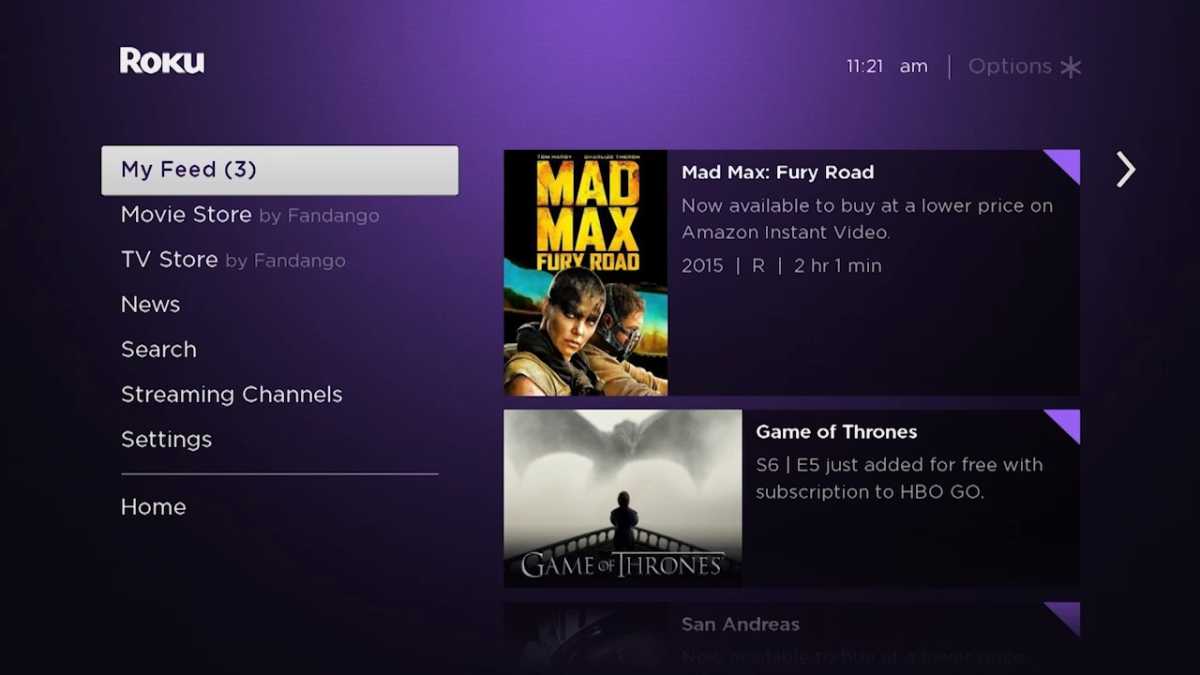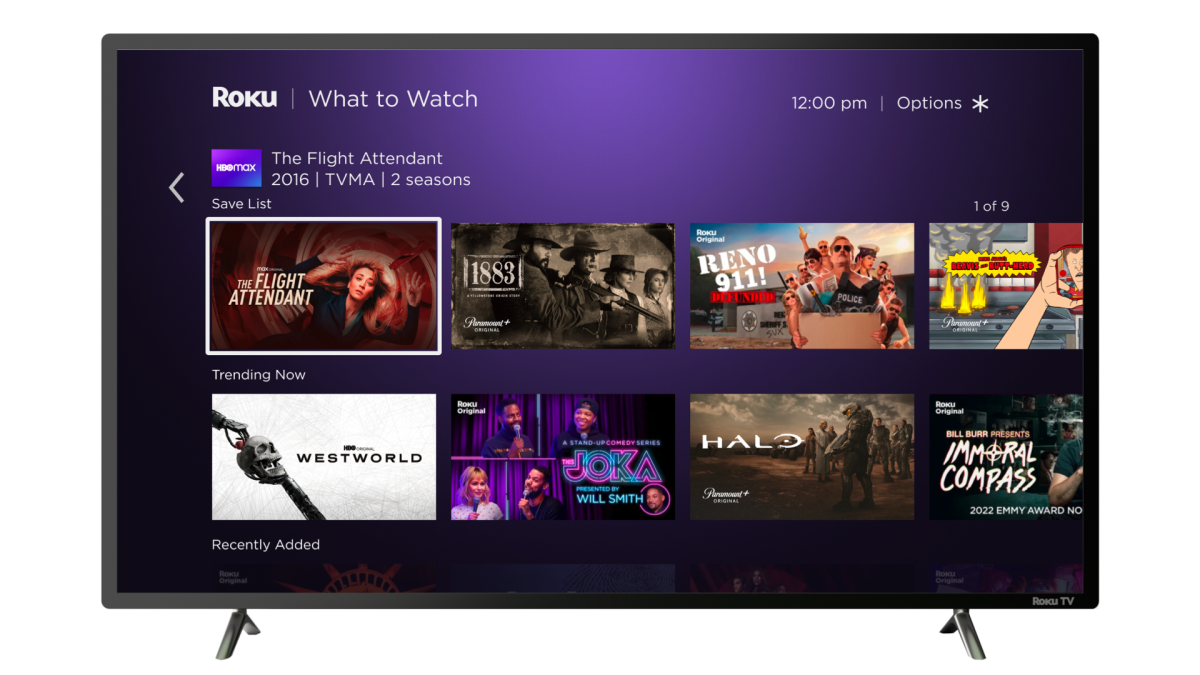Use pretty much any streaming device or smart TV these days, and you might feel like it’s plotting against you.
Instead of serving their users’ interests, too many streaming platforms are more concerned with squeezing out as much revenue as possible. The result is excessive advertising, self-promotion, and relentless upselling whenever you turn on your TV.
All this has gotten me thinking about an old Roku feature called the “Roku Feed,” also known as “My Feed.” This section of Roku’s home screen didn’t just serve as a watchlist for movies and shows, it also helped save money by tracking prices and letting users know when things became cheaper. It was the rare streaming feature that felt squarely on your side.
Too bad Roku got rid of it a couple of years ago, because it’s just what we need right now.
How the Roku Feed worked
On a basic level, the Roku Feed was a progenitor of the universal watchlists that have become table stakes for streaming platforms. When searching for a TV show or movie through Roku’s home screen, you’d see a “Follow” option that would add it to your Feed. Roku could then notify you when new episodes became available and tell you where to stream them.
But what really separated the Roku Feed from other watchlists was its ability to track prices.
Movies, for instance, typically cost about $20 to purchase outright when they first leave theaters, later becoming available to rent for about $5 before making their way to subscription-based streaming services. Further down the road, they may become available on free streaming services with ads.
Roku kept track of all those price changes. If you followed a movie in the Roku Feed, you’d see a notification badge on the home screen whenever a cheaper option became available. In other words, it helped users practice patience, which is one the best ways to save money on streaming.

Roku
What happened to the Roku Feed?
While the idea behind the Roku Feed was sound, Roku never gave the feature much love after introducing it in 2015.
Price tracking, for example, only ever worked for movies, not TV shows; and alerts couldn’t be limited to just the subscriptions you already had. The feed was also cumbersome to navigate, and it didn’t work with every streaming service. (Netflix was notably absent, as the company seems to hate helping people find its content.)
The feature also felt ahead of its time for Roku, which for years made individual apps the focal point of its interface. Outside of search, Roku just didn’t provide many ways to find and add content to the feed, so it was easy for users to ignore the feature entirely.
Over time, the Roku Feed felt like a dead feature walking. Even as Roku added more content discovery features to its interface, it neglected the Feed and allowed unfixed issues to pile up. In late 2022, Roku finally removed the feature from its interface, replacing it with a more basic “Save List” that doesn’t keep track of price changes.

Roku
Time for a comeback
Killing the Roku Feed might’ve made sense given the state it was in, but the underlying idea deserves a second chance, especially now.
As media companies push for profitability in streaming, they’ve re-embraced licensing and are shipping out more movies and shows to rival services. Those services are also getting more expensive, so cord-cutters must be more judicious about where to spend their money.
Imagine being able to follow a bunch of movies and shows, then get alerted when they wind up on a free streaming service or one of the subscriptions you’re already paying for. Something like that would be invaluable in today’s streaming environment–to consumers, at least.
But a modernized Roku Feed needn’t be bad for business either. Roku could gain valuable insight on what movies and shows it should license for its ad-supported Roku Channel, and it could potentially entice customers with discounted Premium Subscriptions as content migrates from one service to another.
As importantly, it would convey that Roku is on the side of its users—a small consumer-friendly gesture at a time when they’re increasingly hard to find.
Sign up for Jared’s Cord Cutter Weekly newsletter to get columns like this one every Friday.

